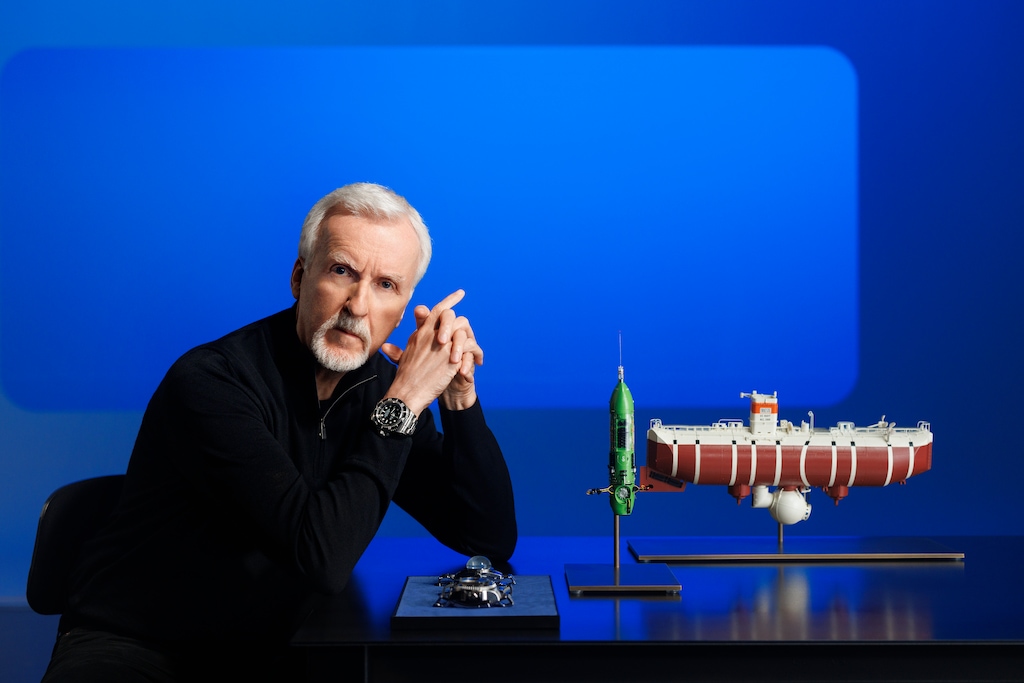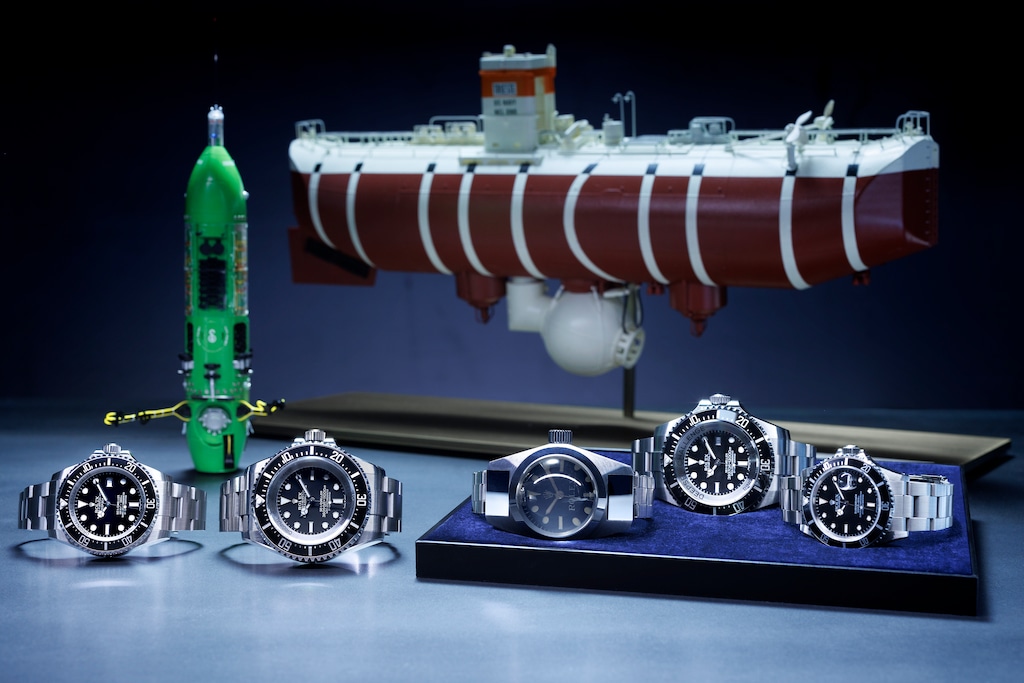Swiss luxury watchmaker Rolex launches its Oyster Perpetual Deepsea Challenge watch, which it claims can withstand pressure 11,000 metres under the sea.

Swiss luxury watchmaker Rolex has launched its newest diving companion, the Oyster Perpetual Deepsea Challenge, a watch it claims is both a homage to explorers of the abyss and one that defies the limits.
Guaranteed waterproof to a depth of 11,000 metres, the Deepsea Challenge is crafted from RLX titanium and designed to accompany divers in any environment – even hyperbaric chambers (therapy champers where the air pressure is increased two-to-three times higher than normal). It is the deepest dive watch you can buy.
For context, the Titanic sits on the ocean bed at a depth of 3,800 metres. The world’s deepest shipwreck, USS Johnston rests on the seabed 6,200 metres down. The Challenger Deep – the deepest-known point of the ocean seabed – is at a depth of 10,917 metres.
Rolex says its Deepsea Challenge was inspired by filmmaker James Cameron’s 10,908-metre descent into the Mariana Trench in 2012, where he took an experimental version of the watch down with him. The 2022 version is 30% lighter than that model, and features a bracelet extension link to allow the watch to be worn over a diving suit up to 7mm thick (rather than the manipulator arm of Cameron’s submersible).
The watch is engraved with the words ‘Mariana Trench’, as well as the dates of two historic dives into the Trench, including that of Cameron’s.
While 11,000 metres may seem over-zealous (given the open-sea diving depth record was achieved in 1988 at just 534 metres), Rolex has made waterproofing a fundamental pillar of its brand.

It first released the Submariner in 1953 (which was then guaranteed waterproof to 100 metres) to cater to deep-sea diving professionals. Today, that model can reach a depth of 300 metres. In the late 60s, it launched the Sea-Dweller, guaranteed waterproof to 610 metres. Today, it can resist pressures at 3,900 metres.
But Rolex faces significant competition in the waterproofing space – namely from luxury rival Omega. Omega has been credited as bringing the first commercially available diving watch to the market – the Omega Marine – in 1935. And while Cameron took Rolex down to depths of 10,908 metres, Omega broke that record seven years later with the Seamaster Planet Ocean Ultra Deep (which went down to 10,928 metres).
But Rolex continues to innovate, and has registered over 500 patents for its technology and developments. To test the Deepsea Challenge, Rolex developed – in partnership with Compagnie Maritime d’Expertises (a French company specialising in engineering deep diving operations) – an ultra-high pressure tank capable of reproducing a test pressure equivalent to that exerted by water at a depth of 13,750 metres.
“The Deepsea Challenge marks a new milestone in the human and technical adventure that Rolex engineers and deep-sea explorers have shared for decades,” the company says.